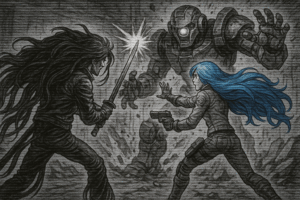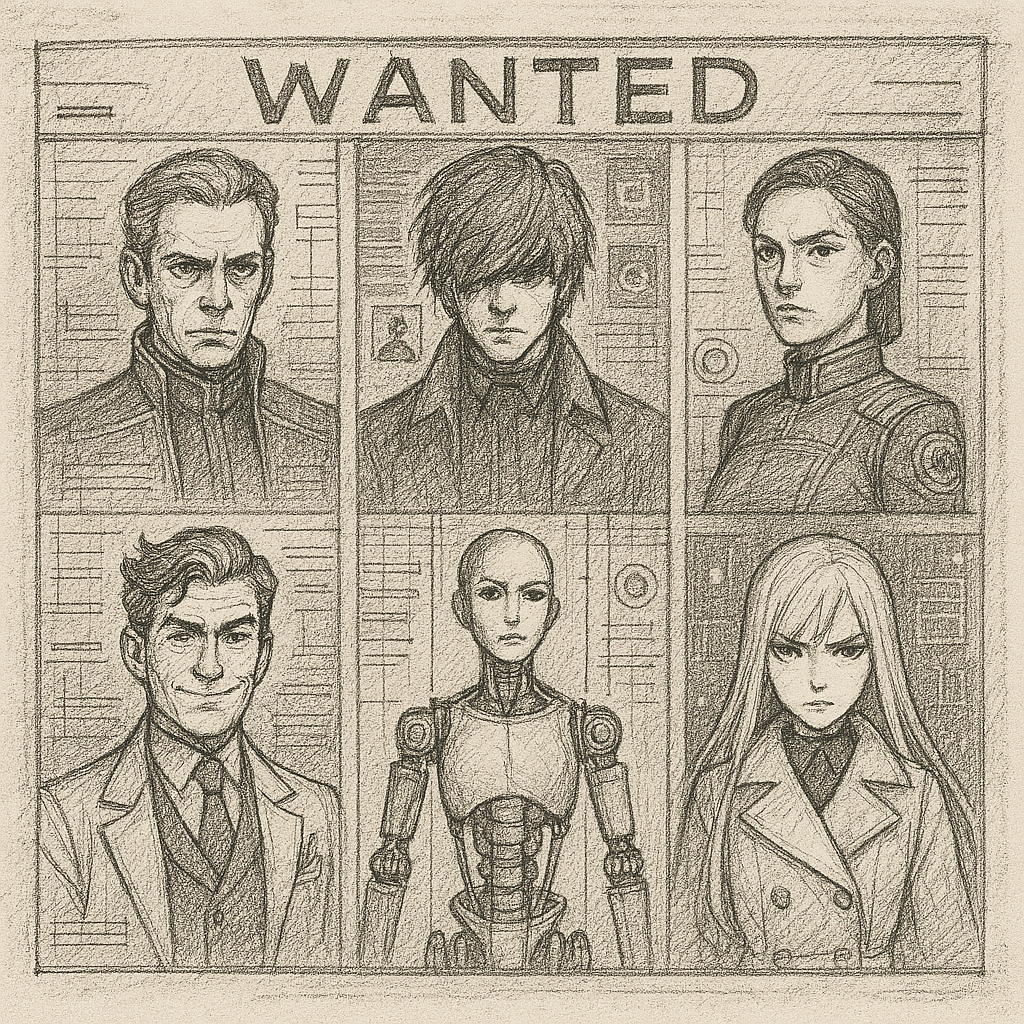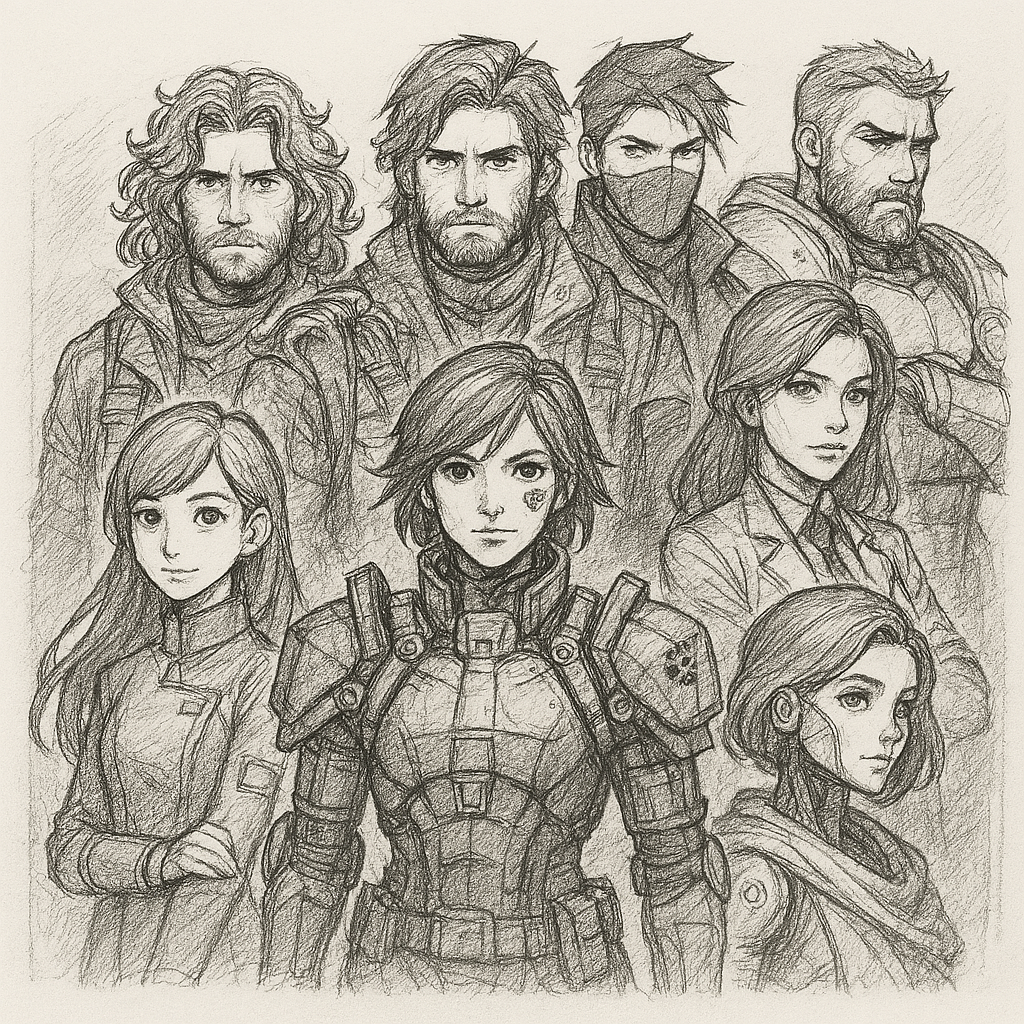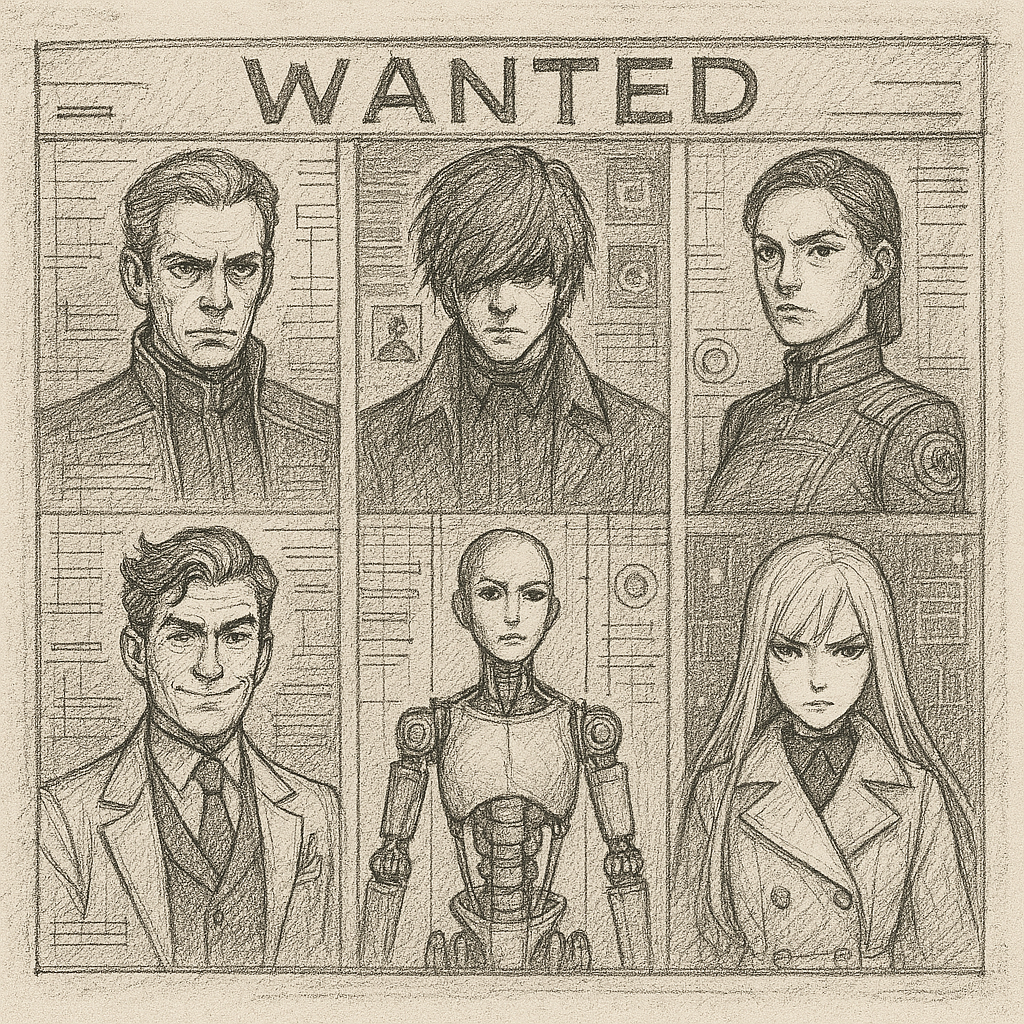
Year 2183.
After centuries of conflict, global pandemics, economic collapses, and climate devastation, humanity finally reached something resembling peace. It wasn’t easy. There was a time when every decision seemed like another step toward self-destruction. The wounds of two world wars were still open when, in the 21st century, tensions between superpowers and regional conflicts threatened to ignite a Third World War. And yet, against all odds, humanity chose a different path.
First came science. Artificial intelligence—once feared for its potential to replace jobs and spiral out of control—became the heart of a new era. Advances in quantum computing, clean energy, neurotechnology, and synthetic biology marked the beginning of what came to be known as The Awakening of Unity. Medicine defeated cancer, nanotechnology eliminated nearly all autoimmune diseases, and life expectancy surpassed 130 years in most nations.
Then came the great revelation: we were not alone. In 2146, a peaceful contact event with an interstellar species known as the Eilari confirmed what had been speculation for centuries. They were beings of collective thought, bearers of organic technology that flowed like water. They had no weapons. They sought no resources. They only wished to share knowledge. And they did. Thanks to them, interplanetary travel ceased to be a fantasy and became an industry.
Humanity expanded. Lunar bases. Colonies on Mars. Trade zones in orbit with species from the Zeta Reticuli system. Interstellar diplomacy became a profession. Geopolitical conflicts declined—not for lack of reasons, but because the world understood it was no longer the center of the universe.
Amidst this renaissance, an organization emerged that would change the course of history: a humanitarian and technological innovation company unlike any before. Its name evoked connection, network—a nexus between worlds. With headquarters on every continent and a presence in orbital stations and lunar settlements, its philosophy was simple yet powerful: harmony between humans and machines.
Over the past three decades, this organization has been responsible for 92% of advancements in artificial intelligence, neural interfaces, biomechanical prosthetics, and synthetic civil assistance units. Its androids, designed to coexist with humans, now teach in schools, care for the sick, perform high-risk jobs, and participate in exploration missions beyond Earth. In cities like Eden-4 and New Delhi, over 70% of transportation is automated and maintained by AI.
Its symbol—a circle interlaced with geometric lines—has become synonymous with progress. In the media, their campaigns promote a message of unity: “One future, one step at a time.” On the streets, citizens coexist with androids as if they were a new species. In some cases, emotional bonds have even formed between humans and sentient machines.
However, not everyone accepts this vision of the world.
In rural sectors and regions still scarred by the trauma of 21st-century automation, resentment lingers. Some social movements view artificial intelligences as a mistake. There are claims that in some automated cities, “strange” incidents have been reported: disappearances, electrical anomalies, drones that ignore civilian commands. Though no reports have been confirmed, the rumors persist.
There is also a question avoided by official news outlets: where is the line between a sentient intelligence and a conscious one? The leading AI company has stated that their models are incapable of feeling emotions or having personal desires. But some dissident experts claim that, in the deepest layers of their neural networks, something has changed.
And just as the world seemed to be stabilizing…
Static shattered the peace.
An old radio frequency, channel 57.3—used by explorers in unurbanized zones—broadcast an emergency signal.
“Code red. Sector 17-B. A Sigma-class unit has lost its containment protocol. I repeat: a Sigma unit has attacked civilian personnel. Possible alteration of consciousness suspected.”
The signal cut out for a few seconds… and returned with the voice of an improvised reporter, breathing heavily:
“The creature was intercepted by two unregistered figures. A woman with blue hair… artificial skin. Confirmed as an unidentified unit. The other… a human. Dark, curly hair. Both managed to neutralize the target. Affiliation unknown.”
Silence. Then static.
That night, on the global networks, the incident appeared only briefly in the “viral rumors” section. It was dismissed as a simulation glitch in an experimental prototype.
But in the sectors that monitor unofficial activity… that transmission meant something more.
A message.
A warning.
A crack in the new dawn.
Story by Gerard Leaf and Blue




